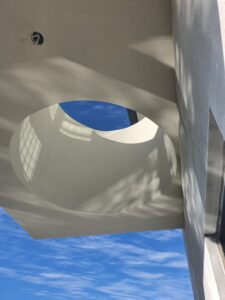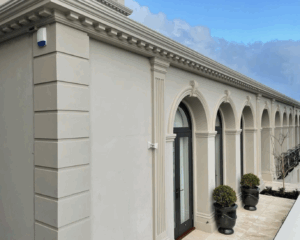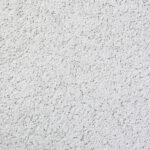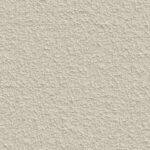When rendering a building’s exterior, choosing the right material is critical for durability, aesthetics, substrate and maintenance. The three most common options in Australia—Acrylic Texture Render, Sand and Cement GP Render, and Polymer Render—each have unique strengths and weaknesses. Here’s a streamlined comparison to help you choose the best option for your project.
What is Rendering?
Rendering is the application of a protective and decorative coating to external walls. It improves weather resistance and enhances a building’s appearance. Different materials offer varying durability, flexibility, and finishes.
Acrylic Texture Render
Acrylic texture render is a pre-tinted, synthetic resin-based product that provides a flexible, durable finish. It is applied at the thickness of the aggregate (usually 0.8mm to 1.3mm).
Pros:
- Fantastic High End Look
- Flexible: Resists cracking from building movement and temperature changes.
- Durable: Weather, UV, and water-resistant; easy to clean.
- Variety: Available in various textures and colours.
- Fast Drying: Reduces project timelines.
- Low Maintenance: Long-lasting with minimal upkeep.
- High Adhesion: Suitable for multiple substrates.
- Pre-Tinted: Often does not require additional painting (though painting can enhance durability).
Cons:
- Higher Cost: More expensive than traditional renders.
- Surface Preparation Required: Substrate must be properly prepared.
- Not for Structural Cracks: Structural repairs must be completed beforehand.
- White coloured render.
- Beige coloured render.
Sand and Cement GP Render
The traditional option, made from sand, cement, and water (sometimes lime), used for centuries for both external and internal surfaces.
Pros:
- Affordable: Low material and labour costs. (Although painting is still required)
- Durable: Strong, weather-resistant finish.
- Versatile Finish: Can be followed by Acrylic Textured render or painted.
- Breathable: Allows moisture to escape, reducing dampness risks.
Cons:
- Prone to Cracking: Especially with structural movement.
- Longer Drying Time: Can delay projects.
- Labour-Intensive: Requires skilled tradespeople.
- Ongoing Maintenance: May need repairs and repainting over time.
Polymer Render
A modern option enhanced with synthetic resins for improved performance, often seen as a high-end alternative to sand and cement, especially on EPS and Fiber Cement Substrates.
Pros:
- Highly Durable: Crack, weather, and water-resistant.
- Fast Drying: Speeds up project completion.
- Smooth Finish: Resistant to stains and discolouration.
- Customisable: Various textures and colours available.
- Strong Adhesion: Bonds well to most surfaces without primers.
Cons:
- Higher Cost: More expensive than sand and cement.
- Surface Preparation: A clean, stable base is essential.
- Less Breathable: May trap moisture in some conditions.
- Requires Expertise: Needs professional application.
Conclusion
Choosing the right render depends on your project’s needs, budget, and maintenance expectations.
- Acrylic Texture Render: Best for flexibility, durability, and modern aesthetics but comes at a higher price.
- Sand and Cement GP Render: Cost-effective and durable but prone to cracking and requires more maintenance.
- Polymer Render: Offers the best combination of flexibility and strength, ideal for premium projects but at a higher cost.
Consulting a professional renderer can help you select the best solution for your building.
Comparison Table
| Feature | Acrylic Texture Render | Sand and Cement GP Render | Polymer Render |
|---|---|---|---|
| Cost | High | Low | High |
| Durability | High | High (but prone to cracks) | Very High |
| Flexibility | Very Good | Poor | Very Good |
| Finish Options | Various textures and colours | Smooth or textured (requires painting) | Various textures and colours |
| Drying Time | Fast | Slow | Fast |
| Maintenance | Low | High | Low |
| Surface Preparation | Important | Standard | Important |
| Breathability | Moderate | High | Moderate |
| Ease of Application | Skilled application recommended | Skilled application required | Skilled application required |
| Adhesion | Excellent (multiple substrates) | Good (traditional surfaces) | Excellent (most surfaces) |





